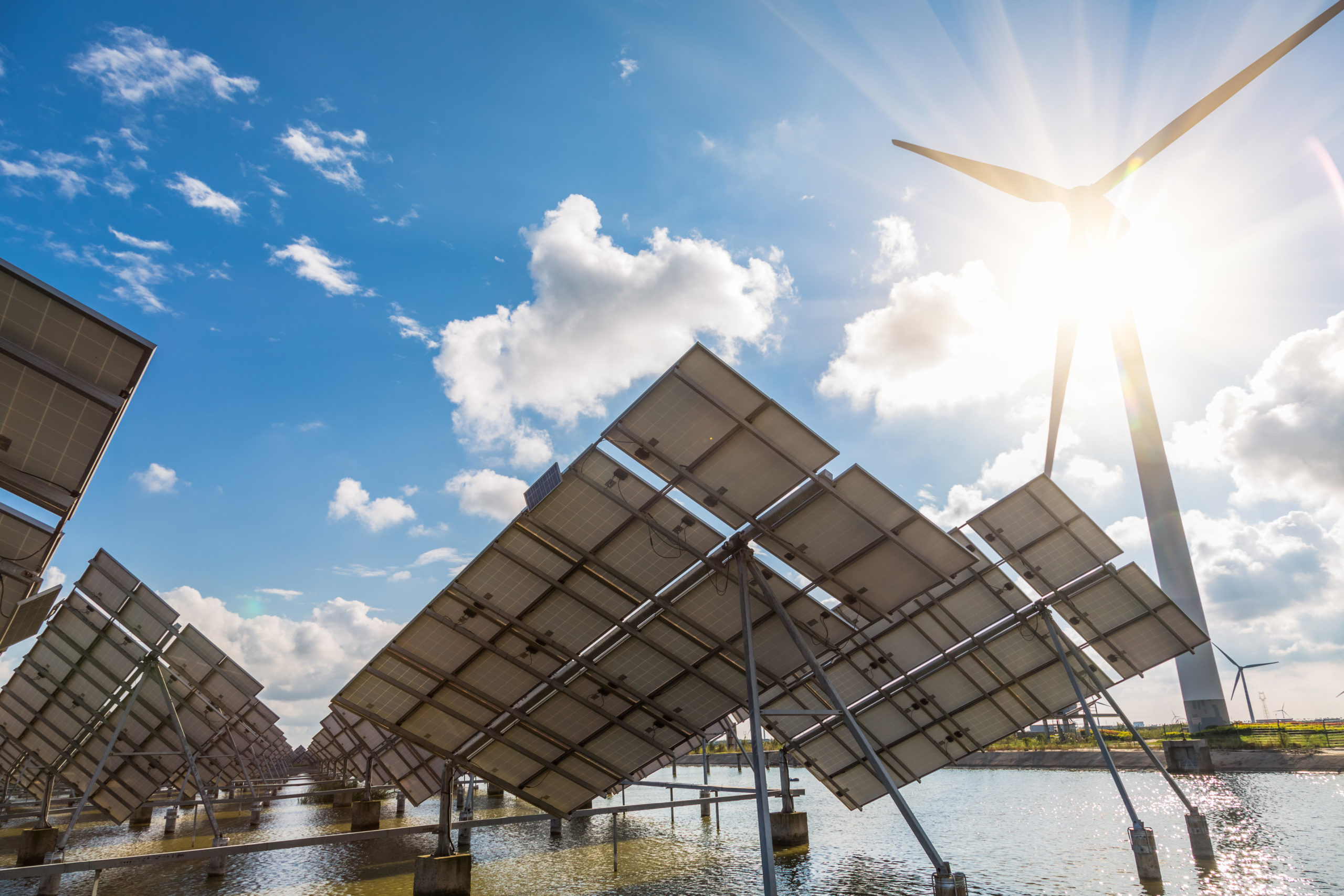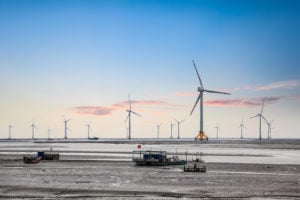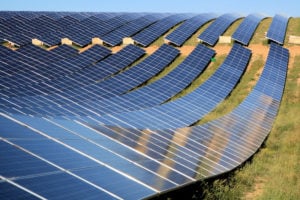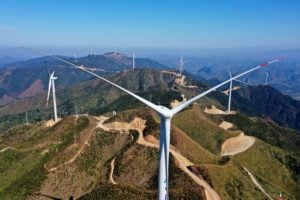In December, President Xi announced new climate commitments for China to build over 1,200 GW of solar and wind power by 2030, and to achieve 25% non-fossil in its primary energy in 2030. The announcement is the first step toward fleshing out China’s plans to achieve carbon neutrality by 2060.
How ambitious are these targets? Our analysis shows that while they are a welcome move forward, China could do more in developing renewable energy, reaping enormous economic and air-quality benefits in the process.
Is the 2030 target achievable?
China’s wind and solar sectors have developed rapidly over the past decade. According to the National Energy Administration (NEA), from 2010 to 2020, wind installed capacity increased nine-fold, from 31 GW to 280 GW. While from 2015 to 2020, solar expanded six-fold, from 42 GW to 250 GW. Today, China leads the field in installed solar and wind as well as solar panel manufacturing (~72% of global total) and wind turbines (~45%).
Between 2015 to 2020, China added an average of about 31 GW of wind and 38 GW of solar per year (and in 2020 alone it added 72 GW of wind and 48 GW of solar to the grid, according to the NEA). If we extrapolate those averages, then by 2030 wind and solar capacity will reach 580 GW and 650 GW respectively – 30 GW higher than the 1,200 GW target set for 2030.
In other words, China would only need to do as it has done in the past five years to meet the new 2030 target (while if installation maintains the 2020 level in the coming decade, then 1,200 GW of additional wind and solar would be built in that period.)
In this light, China’s 2030 target essentially represents a business-as-usual approach to renewables development.
The good news is the costs for solar, wind and battery storage have dropped markedly since 2010 and are expected to continue declining in the near future. Globally, the cost of utility-scale solar PV, onshore wind, and battery storage fell by 82%, 39% and 88% between 2010 and 2019, respectively (in terms of weighted-average LCOE).
Levelized Cost of Electricity (LCOE) is an economic measure used to compare the lifetime costs of generating electricity via different technologies.
In our Nature Communications paper (see a quick summary in CarbonBrief), we explored the implications of wind, solar and storage cost trends for the electricity system in China over the next decade. We found that if cost trends for renewables continue, China could generate more than 60% of its electricity from non-fossil sources by 2030 – including wind, solar, hydro and nuclear – at a cost around 10% lower than under business-as-usual. By 2030, wind and solar capacity would reach 660 GW and 1,260 GW under the low-cost renewable scenario. Wind and solar combined could reach 1,920 GW, which is about 60% higher than the stated goal of 1,200 GW.
Economic benefits and other co-benefits
Wind and solar investment drive new economic and employment opportunities, as the transition to renewables delivers fuel cost savings and makes power costs cheaper. We found that China could cut emissions from its power sector at lower overall cost than a business-as-usual approach, by relying more heavily on renewables and storage. This would have co-benefits including reducing harmful air pollution, cutting water use and creating green jobs.
Our analysis shows a more aggressive solar and wind expansion will require additional annual investment of about US$13 billion, while saving about $34 billion in fuel costs from now to 2030, with an overall annual saving of about $20 billion.
If accounting for the multiplier effects of a faster transition to renewables, including expenditure shifting, job creation and slightly higher economic efficiency, the potential economic benefits could be even larger. A recent UC Berkeley and Tsinghua University study shows that such broad benefits could add as much as 7.5% to GDP and 5.9% to total jobs in 2030 in China compared to business-as-usual. These results suggest that China should accelerate its clean energy transition, not only for the air-quality and climate benefits, but also for the broad impacts on innovation, employment and economic growth.
These results have three important implications. First, the economic benefits of renewable energy substantially exceed their direct costs. Second, modernising the electric power system can support a new generation of more diverse domestic job creation, facilitating an essential transition for millions of workers in the fossil fuel supply chain, one of the last great artifacts of the Industrial Age. Third, as China builds its clean and more resilient power system, it is important to adopt more internationally comparable performance metrics and targets, such as the share of renewable or non-fossil electricity in total electricity consumption, to track and communicate its success, instead of using the current metrics of installed solar and wind capacity.








